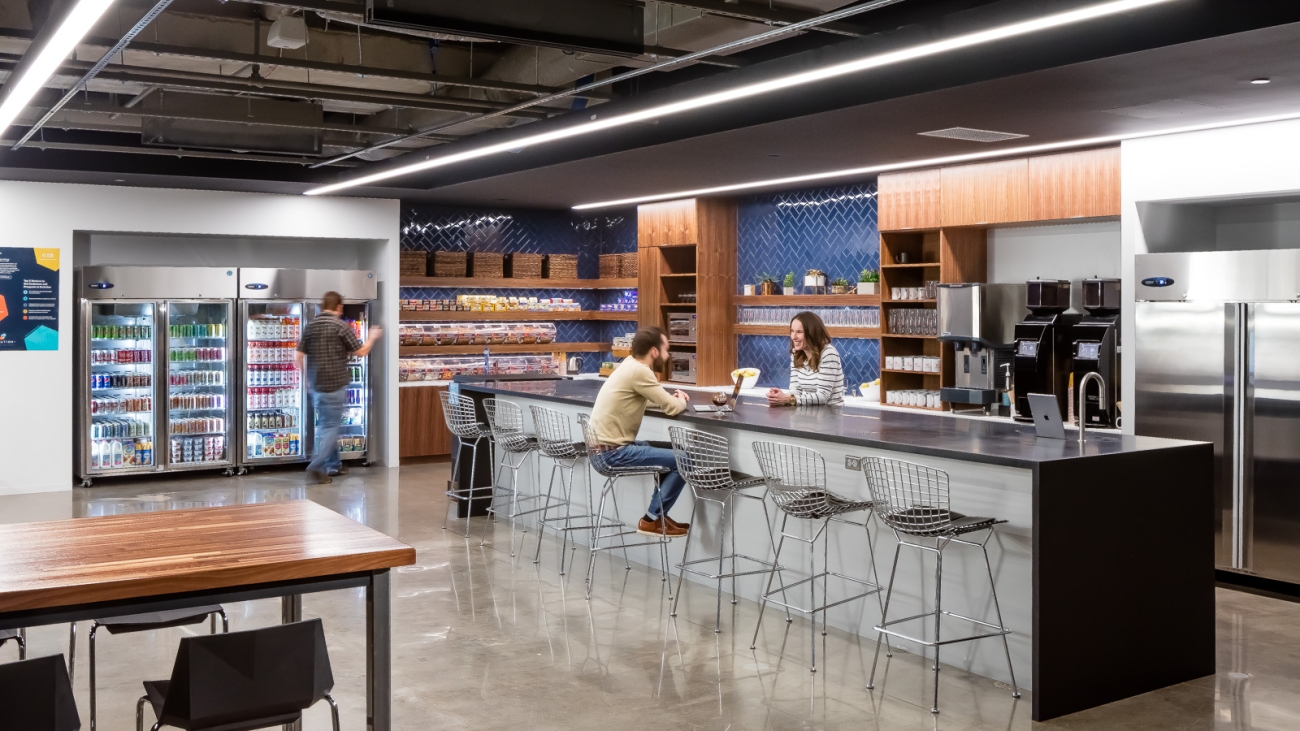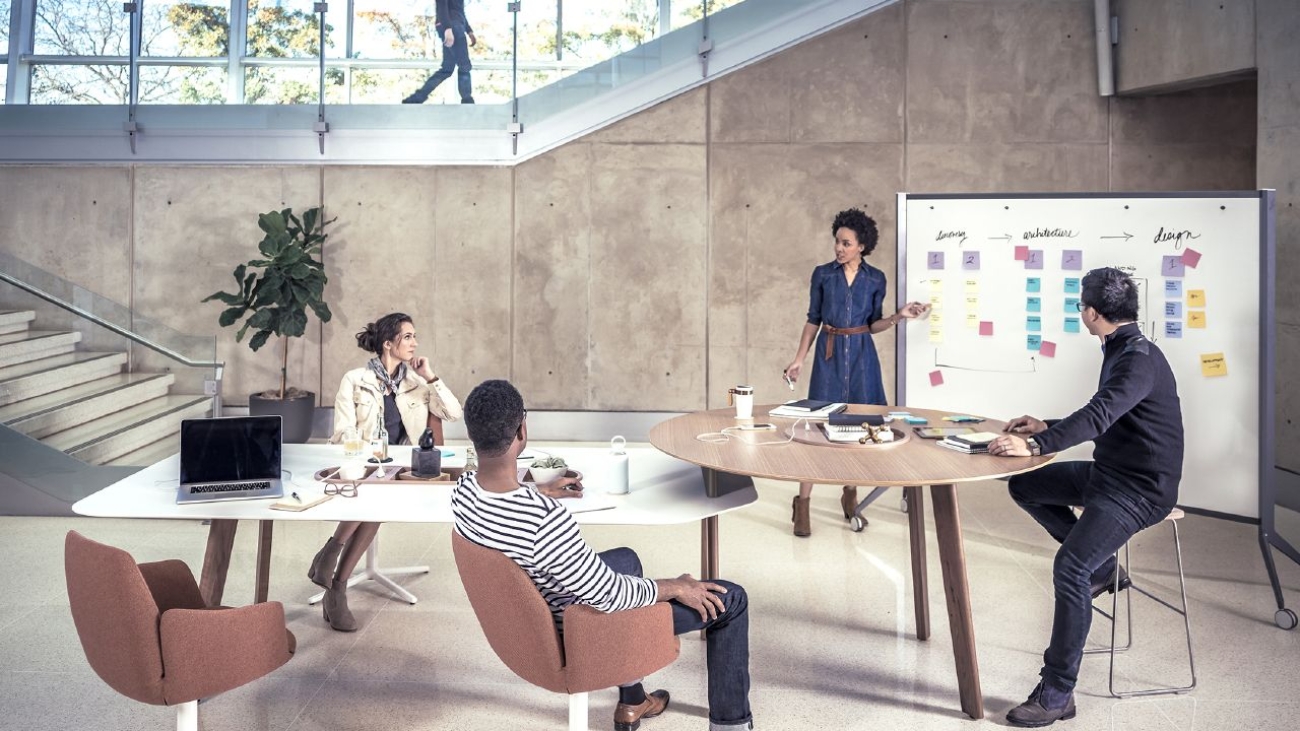The Future of Space Utilization Technology
Overview
The evolution of the global economy is changing how and where we work. With the fight to attract and retain talent, businesses are making significant investments in their office space. Current space utilization technologies highlight where people work, but next generation systems will soon transform the employee experience altogether. Once you invest in this software, what do you do with the information? The ever-changing workforce requires companies to adapt even after the initial install. Organizations that embrace this now will be best positioned for the future. Those that wait will find themselves in antiquated surroundings.
Facilitating transformation
The mobile workforce will be 1.87 billion globally by 2022. By 2030, all baby boomers will be older than age 65. That leaves tens years for organizations to facilitate the most substantial knowledge transfer in human history – amongst five distinct generations – during a time of seemingly-constant business model disruption/upheaval.
At Fluid, we believe that organizational transformations like this are best facilitated when IT, HR and Real Estate (RE) groups work together. In the case of space utilization, these three distinct groups find themselves as equal partners/stakeholders. Real-time occupancy data saves workers time in finding a space to work (RE), locating peers for collaboration (HR), and participating in increasingly connected buildings (IT). In the future, floor plans will update themselves, content will become available automatically when & where employees need it, and initiatives such as knowledge transfer will become thoughtfully reflected in the digital experience of the built environment.
Design for adaptability
It is no longer safe for companies to assume that the space they design and furnish at the beginning of a 10-year lease can remain static. Numerous factors influence how, when and where people do their best work. Forward-thinking organizations will recognize that change is constant and plan an adaptable environment – allowing real estate to be optimized continually. By assessing your current ways of working, space utilization data can inform immediate opportunities to optimize your space. Even within an existing footprint, small adjustments can be made with minimal disruption.
If you’re fortunate enough to have a real estate event in the next 18-24 months, you have a prime opportunity to test potential solutions now with a test group and learn what might work best for your unique organization. Create a work environment for this group and employ space utilization technology as one tool to assess effectiveness.
- Increase technology options available in collaborative spaces
- Add furniture settings that are conducive to different types of work – see how they get used
- Address room privacy and acoustics
- Convert rooms with low utilization to better meet employee needs
- Analyze available spaces and proximity to employees
- Empower a cross-functional team of change agents representing all 5 generations to lead the digital and physical environment evolution
- Give the team a budget and the freedom to modify furniture, technology, modular walls (etc.) so they can respond to where the data leads them

It is no longer safe for companies to assume that the space they design and furnish at the beginning of a 10-year lease can remain static.




